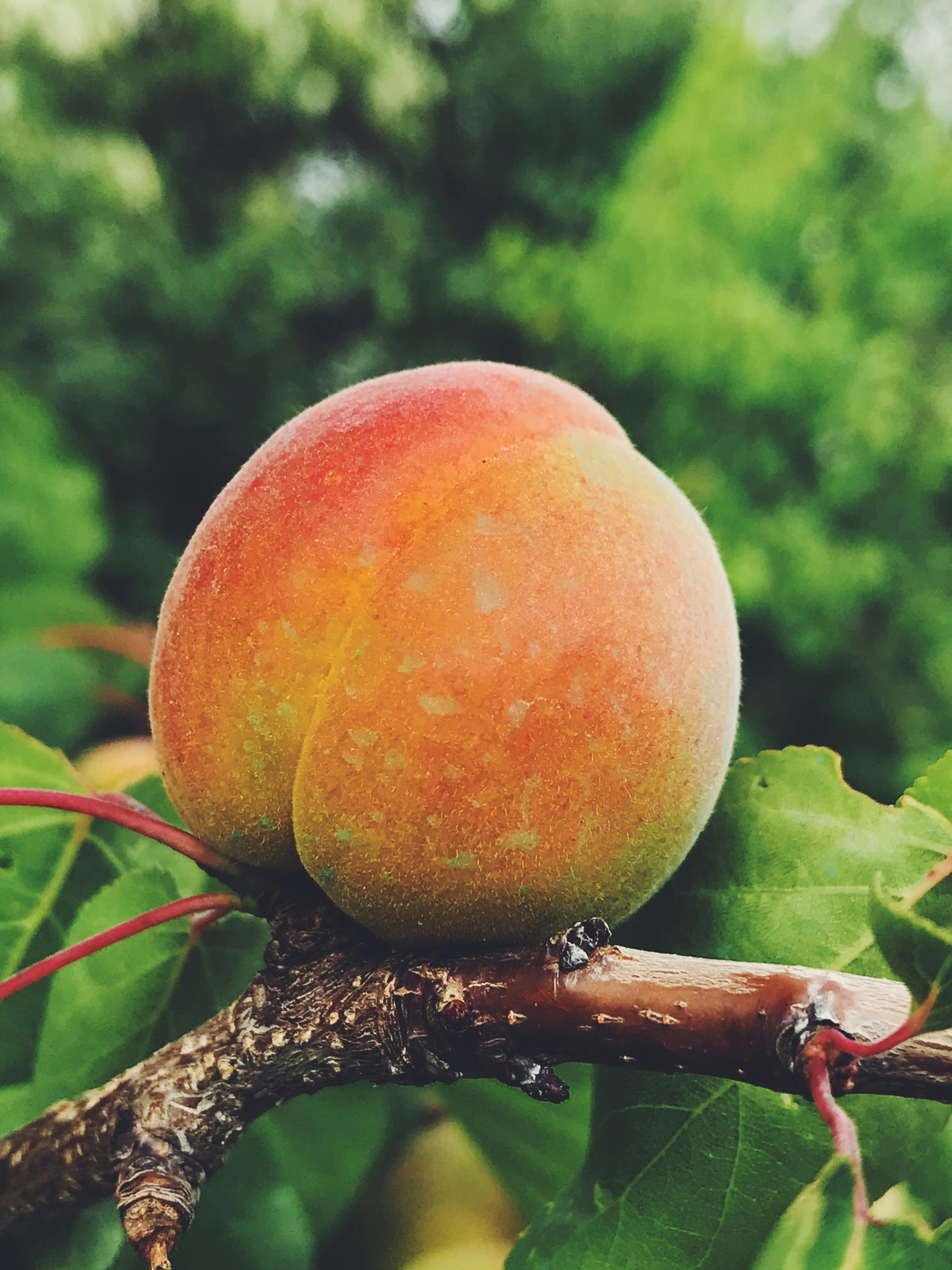Food Safety in Tropical Climates: Eating Well and Wisely
Welcome to the world of food safety in tropical climates! When it comes to enjoying delicious meals while staying healthy, it’s important to understand the unique challenges posed by tropical regions. In this blog post, we will explore how you can eat well and wisely in tropical climates, ensuring that your culinary adventures are not only tasty but also safe.
Understanding the Perils of Tropical Climates
Tropical climates offer a rich tapestry of flavors and culinary traditions. However, they also present certain risks when it comes to food safety. The combination of heat and humidity creates an ideal breeding ground for bacteria, making it essential to take the necessary precautions to avoid foodborne illnesses.
Navigating Perplexity: The Complexity of Food Safety
Maintaining food safety in tropical climates can be quite perplexing. From sourcing fresh and safe ingredients to practicing proper food handling and storage techniques, every step requires extra care and attention. By understanding the intricacies of food safety, you can enjoy your meals with confidence, knowing that you’ve taken the necessary steps to protect yourself and your loved ones.
Burstiness: Balancing Flavor and Safety
In tropical climates, bursts of flavors await you at every corner. However, it’s important to strike a balance between taste and safety. Long, complex sentences can compare to the variety of flavors in a tropical dish, while shorter ones can represent the essential safety measures. By embracing burstiness in your cooking practices, you can create mouthwatering meals while ensuring that they are safe to consume.
Predictability: A Recipe for Adventure
When it comes to food in tropical climates, it’s all about embracing the unpredictability. From trying exotic fruits to indulging in unique local dishes, the element of surprise adds an exciting dimension to your culinary journey. However, it’s crucial to minimize predictability when it comes to food safety. By staying informed, practicing good hygiene, and following reputable sources for guidance, you can enjoy your food adventures with peace of mind.
In this blog post series, we will delve deeper into the world of food safety in tropical climates. We will explore the best practices for sourcing, handling, and cooking food to ensure that you have a safe and enjoyable gastronomic experience. So, join us on this flavorful and educational journey as we uncover the secrets to eating well and wisely in tropical climates.

Can You Eat Well and Wisely in Tropical Climates While Ensuring Food Safety?
In tropical climates, maintaining food safety can sometimes be a challenge. However, it is possible to enjoy delicious and nutritious meals while ensuring your health and well-being. Whether you are a local resident or a traveler exploring the tropical paradise, understanding the precautions and guidelines is crucial.
First and foremost, it is essential to know the potential risks associated with the local cuisine. Due to the warm and humid climate, tropical regions are prone to foodborne illnesses caused by bacteria, viruses, and parasites. These can result in symptoms like stomach cramps, diarrhea, vomiting, and more.
To counter these risks, it is recommended to consume fresh and properly cooked foods. Make sure to choose restaurants and food vendors that maintain high cleanliness standards and have a good reputation for hygiene. Opt for hot cooked meals rather than raw or undercooked dishes, as thorough cooking kills potential harmful pathogens.
Furthermore, washing fruits and vegetables with clean water before consumption is essential to remove any traces of dirt, pesticides, or contaminants. In tropical climates, where fresh produce is abundant, it is vital to thoroughly clean them to eliminate any potential health risks.
Another important aspect of food safety in tropical climates is the proper storage of perishable items. Due to the warm temperature, food can spoil quickly if not stored correctly. To prevent this, ensure that refrigerated foods are stored at the appropriate temperature and consume them before their expiration date.
Lastly, staying hydrated is vital, particularly in hot and humid climates. Hydration not only helps maintain good health but also aids in digestion. Carry a water bottle and opt for safe drinking water sources, such as packaged bottled water or water that has been boiled or treated with water purification tablets.
By following these simple guidelines, you can navigate the tropical culinary scene with confidence, eating well and wisely while prioritizing food safety. In the next part of this article, we will delve deeper into specific tips and recommendations to ensure a delightful and safe dining experience in tropical climates. Stay tuned!

Food Safety in Tropical Climates: Eating Well and Wisely
When it comes to food safety in tropical climates, there are a few factors that demand our attention. The combination of high temperatures, humidity, and abundant moisture can create an ideal breeding ground for bacteria and other pathogens, making it crucial for us to take extra precautions in order to protect our health.
Understanding the Risks
Tropical climates present unique challenges when it comes to food safety. The warm and humid conditions accelerate the growth of bacteria, increasing the risk of foodborne illnesses. Moreover, the availability of fresh produce, street food, and local culinary experiences can tempt us to indulge without considering the potential hazards.
Tips for Eating Well and Wisely
- Wash and sanitize: Always wash your hands thoroughly with soap and clean water before handling food. Additionally, make sure to wash all fruits and vegetables with clean water or use a vinegar solution to remove any dirt or contaminants.
- Choose trustworthy establishments: When dining out, look for restaurants and food stalls that prioritize hygiene. Check for clean cooking environments, properly stored ingredients, and a high turnover of customers to ensure fresh food.
- Cook food adequately: Proper cooking temperatures are crucial to kill harmful bacteria. Use a food thermometer to ensure that meat, poultry, and seafood are cooked to the recommended internal temperatures.
- Store food properly: Refrigerate perishable foods promptly and ensure they are stored at the right temperature. Be mindful of the “danger zone” (between 40°F and 140°F or 4°C and 60°C), where bacteria multiply rapidly.
- Stay hydrated: In tropical climates, it’s essential to stay hydrated to avoid dehydration. Opt for bottled water, especially if tap water is not safe for consumption in the region you’re visiting. Avoid adding ice to your drinks unless it comes from a safe source.
- Be cautious with street food: While exploring the local cuisine can be enticing, exercise caution when indulging in street food. Look for vendors with clean and well-maintained stalls, where the food is cooked to order and served hot.
A Statistical Note
According to the World Health Organization, an estimated 600 million people suffer from foodborne diseases each year, with approximately 420,000 of them leading to death. In tropical climates, the risk of food contamination is particularly high, emphasizing the need for practicing proper food safety measures. Safeguard your health by adopting these recommended tips and enjoy your culinary experiences while staying safe.

Conclusion: Key Points and Insights on Food Safety in Tropical Climates
Food safety is of utmost importance when it comes to eating well and wisely in tropical climates. Throughout this article, we have explored various key points and gained valuable insights into the challenges and precautions that individuals should take in order to protect their health.
Firstly, it is crucial to understand the unique risks associated with tropical climates. The combination of high temperatures and humidity creates an ideal environment for the growth of bacteria, viruses, and other pathogens. Therefore, proper food storage and handling become paramount. This includes keeping perishable foods refrigerated, avoiding cross-contamination, and ensuring thorough cooking of meats and seafood.
Another important aspect to consider is the quality of the water used in food preparation. In tropical regions, the risk of water-borne diseases is higher, making it essential to use safe and potable water for washing fruits and vegetables, as well as for cooking and drinking purposes. Boiling or using water purification methods can significantly reduce the risk of contamination.
Furthermore, awareness of local food safety practices is vital. While exploring tropical destinations, it is crucial to be mindful of the hygiene standards of street food vendors and local eateries. Opting for well-established restaurants and food establishments with good reviews can provide a higher level of assurance.
In conclusion, maintaining food safety in tropical climates requires careful attention to various factors. By adopting proper food storage and handling practices, using safe water, and being mindful of local food hygiene, individuals can enjoy the flavors and culinary experiences without compromising their well-being. So, whether you are a traveler or a resident in a tropical region, prioritize food safety to ensure a delightful and healthy dining experience.




